A better hex inverter solution for breadboards
Designed by ptudor in United States of AmericaNo shipping info available.
Set destination country to see options
Shipping to starts at
Free shipping is available to !
Ships from
This item does not ship to .
More Info
Sign up to get notified when this product is back in stock!
A hex inverter breakout board? This is a hex inverter breakout board. It inverts signals, turning 0 or 1 volts on the input to 5 volts on the output, or turning 4 or 5 volts on the input into 0 volts…
Read More…This is a hex inverter breakout board. It inverts signals, turning 0 or 1 volts on the input to 5 volts on the output, or turning 4 or 5 volts on the input into 0 volts on the output.
I have three problems with the DIP versions: First, I always bend the pins. I can't help it, you can see in one of the pictures above how badly I abuse them. Next, it's nice to test with the exact SOIC format chip that I'll later be using on PCBs. Finally, I always have to refer to the data sheet to remember where to put power, and which pins are input and which are output.
Power and ground are clearly labelled. All six inputs are on one side, and all six outputs are on the other side. It's on a firm PCB with strong headers instead of those DIP pins I always bend.
First, check out W2AEW's video tutorial on YouTube. Then...
Breadboards are all about making something new and novel, so use your imagination. But here's three ways I use them:
1) Hardware switch debouncing. So, there's the physics of switches: while it looks binary to our eyes, to a computer processing interrupts at the nanosecond scale pressing a button once might result in multiple quick transitions from high to low. A capacitor is good to smooth the peaks and valleys into a hill, but adding a hex inverter with a Schmitt Trigger lets you create clearly defined square wave transitions between high and low. (Go watch Derek Molloy's youtube video on the topic for more details.)
2) Inverting TTL signals for RS232 outputs. The Max232 series inverts the pulse-per-second signal that passes through it. A hex inverter lets me flip the signal first, so it appears "normal" coming out the serial port.
3) Driving three-lead red-green LEDs from a single input. So you're probably familiar with red/green LEDs. Send a 0 to red and 1 to green. Or turn them both off, or turn them both on and get yellow. Using a hex inverter lets me power either red or green and automatically switch state, the input A is passed to Red, and the inverted output Y is passed to Green. Turn off red, green comes on; turn on red, green turns off.
No country selected, please select your country to see shipping options.
No rates are available for shipping to .
Enter your email address if you'd like to be notified when Hex Inverter Breakout Board can be shipped to you:
Thanks! We'll let you know when the seller adds shipping rates for your country.
| Shipping Rate | Tracked | Ships From | First Item | Additional Items |
|---|---|---|---|---|
|
:
|
| Quantity | Price |
|---|---|
| 1-9 | $3.75 |
| 10+ | $3.25 |
No shipping info available.
Set destination country to see options
Shipping to starts at
Free shipping is available to !
Ships from
This item does not ship to .
More Info
Sign up to get notified when this product is back in stock!
Venice, CA, United States of America
Ships from United States of America.
8 Reviews | 84 Orders
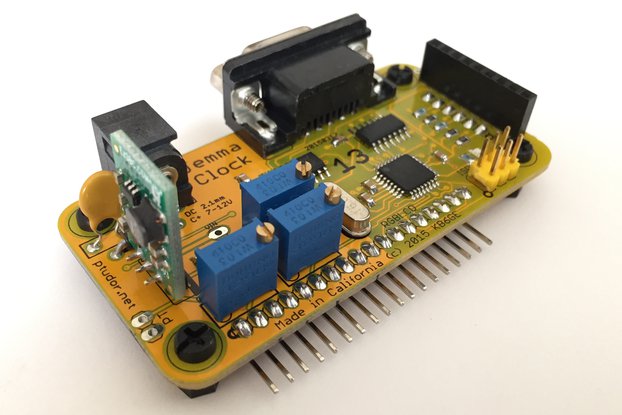
$79.00
Free Shipping!
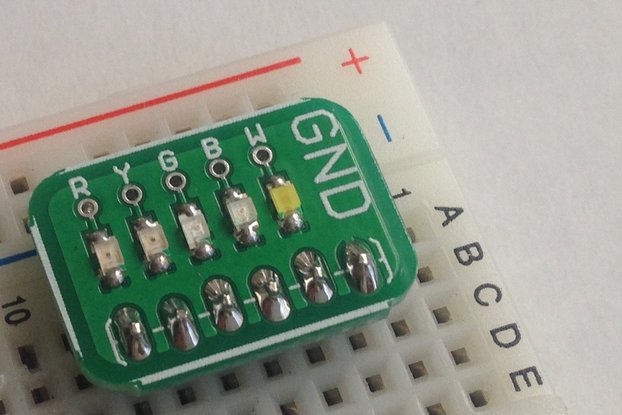
$4.50
Free Shipping!
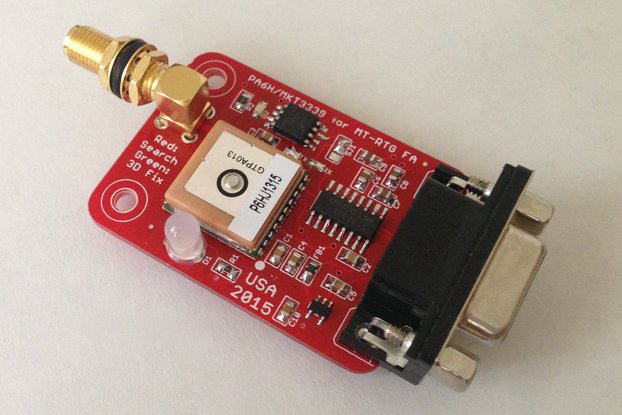
$99.00
Free Shipping!
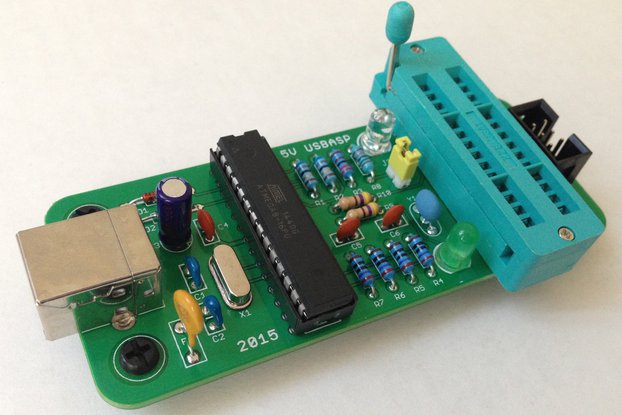
$15.00
Free Shipping!
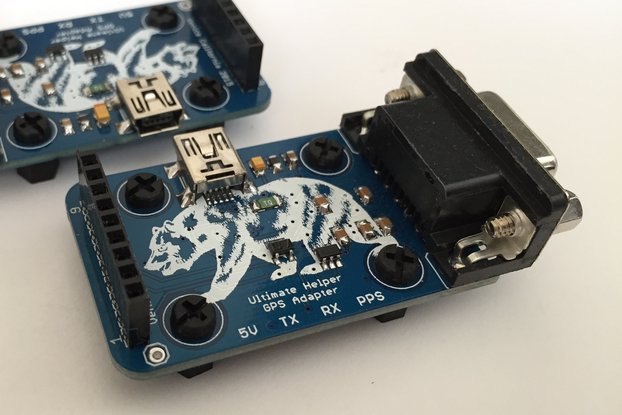
$25.00
Free Shipping!
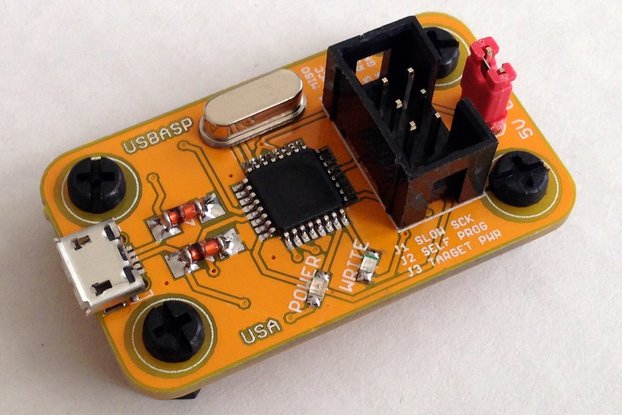
$15.00
Free Shipping!
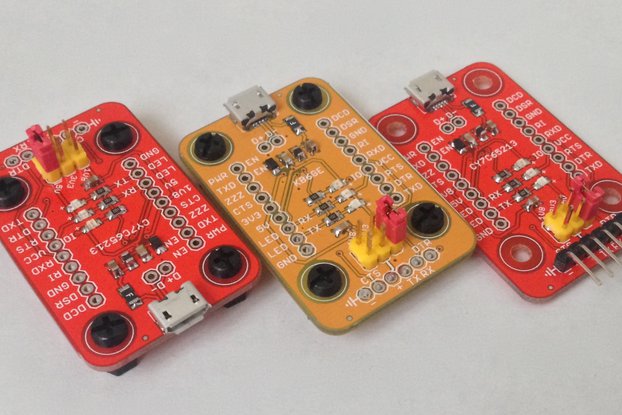
$16.20
Free Shipping!
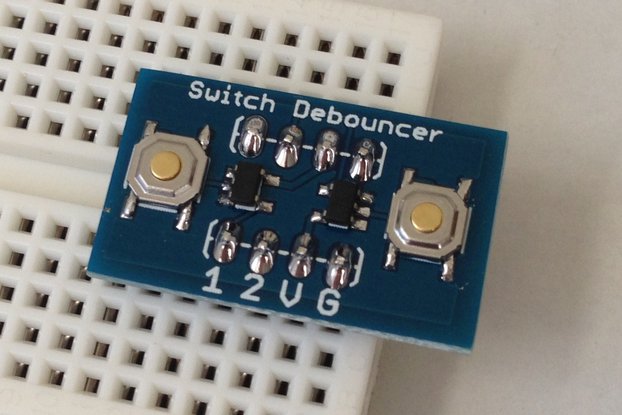
$5.00
Free Shipping!
By clicking Register, you confirm that you accept our Terms & Conditions
We recognize our top users by making them a Tindarian. Tindarians have access to secret & unreleased features.
We look for the most active & best members of the Tindie community, and invite them to join. There isn't a selection process or form to fill out. The only way to become a Tindarian is by being a nice & active member of the Tindie community!
